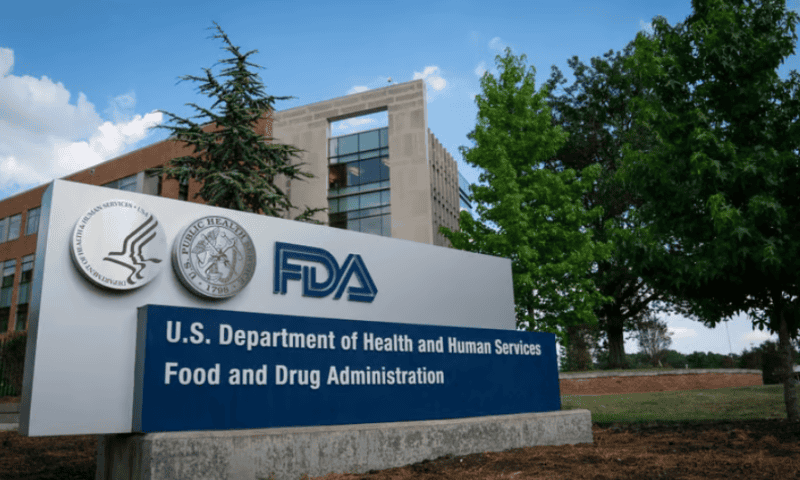The FDA has never had the chance to approve a stimulant use disorder treatment and so the agency has laid out its current thinking on clinical trial design, population selection and clinical endpoint selection, all in an effort to spur new interest in the space.
An unpublished draft guidance, “Stimulant Use Disorders: Developing Drugs for Treatment,” will include recommendations for clinical trials designed specifically to assess treatments for stimulant use disorders, excluding symptoms associated with caffeine or nicotine use.
The guidance tackles challenges unique to the space, such as determining the appropriate populations for trials and choosing proper clinical endpoints. The FDA document expands beyond basic considerations of the drug development process, delving into approaches that have proved unsuccessful before and ways to make clinical trial design more patient-centric.
“Currently there is no FDA-approved medication for stimulant use disorder,” Marta Sokolowska, Ph.D., deputy center director for substance use and behavioral health in FDA’s Center for Drug Evaluation and Research, said in an Oct. 4 release. “When finalized, we hope that the guidance will support the development of novel therapies that are critically needed to address treatment gaps.”
The FDA provides recommendations on data collection, methods to assess treatment response, subject safety and new drug application requirements.
The final version will be the agency’s first guidance about program development and trial design for drugs to treat cocaine use disorder, methamphetamine use disorder and prescription stimulant use disorder. The agency is asking for comments on the draft guidelines within the next 60 days.
Some players in the stimulant use disorder treatment space include Sparian Biosciences, which has an early-stage dual sigma receptor antagonist/dopamine transporter inhibitor in development, as well as Myosin Therapeutics, which touts a preclinical small molecule modulator candidate. Both companies have received NIH funding for their work.
Beyond the guidance, the FDA has also recently held workshops and public meetings to encourage the development of treatments for stimulant use disorder.

